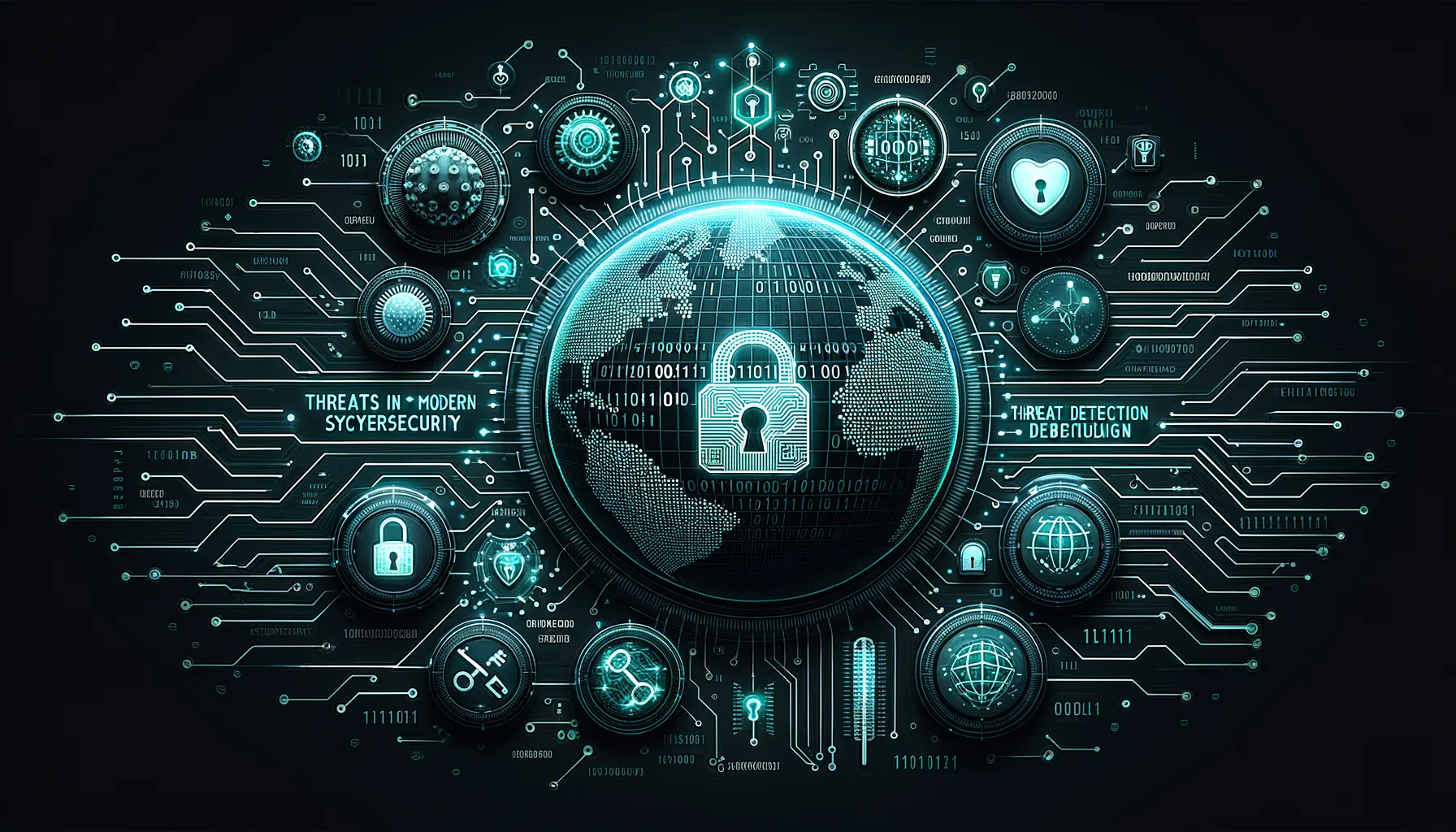Sunday 6 April 2025, 02:31 PM
Threat detection in modern cybersecurity
Cyber threats outsmart old defenses. Modern cybersecurity uses AI, ML, and behavior analysis for detection. Proactive measures and shared responsibility are key.
Introduction
Hey there! In today's digitally connected world, we're more plugged in than ever before. From checking our bank accounts on our phones to controlling home appliances remotely, the internet has made life incredibly convenient. But with this convenience comes a downside: cyber threats are lurking around every corner. Let's dive into how threat detection has evolved in modern cybersecurity and what that means for all of us.
The evolving landscape of cybersecurity threats
Remember when viruses were the main things we worried about on our computers? Those were simpler times. Nowadays, cyber threats have become way more sophisticated. Hackers aren't just teenagers in their basements anymore; they're organized groups, sometimes even state-sponsored, with resources and tools that can cause serious damage.
Phishing attacks, ransomware, zero-day exploits—the list goes on. Each new threat seems more advanced than the last, and they're targeting everything from personal data to critical infrastructure. It's like a never-ending game of whack-a-mole, but the moles keep getting smarter.
Why traditional threat detection methods are not enough
Back in the day, antivirus software and firewalls did a pretty decent job of keeping the bad guys out. They worked by recognizing known threat signatures—that is, they could detect malware if it matched something they’d seen before. But hackers caught on and started creating malware that could morph and evade these traditional defenses.
Signature-based detection is like trying to catch a chameleon by its color—it doesn't work if it keeps changing. With threats evolving at lightning speed, we need more dynamic ways to detect and respond to them.
Modern threat detection techniques
So, what's the answer? How do we stay ahead in this cat-and-mouse game? Thankfully, there's a whole new arsenal of tools and techniques in modern cybersecurity designed to tackle these challenges.
Machine learning and AI in threat detection
Artificial intelligence (AI) and machine learning (ML) are game-changers. Instead of relying on known threat signatures, AI can analyze patterns and behaviors to detect anomalies that might indicate a threat.
Imagine having a security guard who knows the normal flow of traffic in and out of a building. If someone starts acting suspiciously, even if they're dressed like everyone else, the guard can spot them. That's what AI does—it learns what's "normal" and flags anything that deviates from that pattern.
Behavioral analysis and anomaly detection
Building on AI and ML, behavioral analysis monitors the usual behavior of users and systems. If there's a sudden spike in data transfer or an employee accesses files they usually wouldn't, the system can flag it.
Anomaly detection is crucial because many modern threats don't come in the form of detectable malware. Instead, hackers might use legitimate credentials to access systems. Behavioral analysis helps in catching these subtle signs.
Threat intelligence sharing
Cybersecurity isn't a solo endeavor anymore. Organizations are now collaborating and sharing information about threats. By pooling resources and knowledge, they can stay ahead of emerging threats.
Think of it like neighborhood watch programs. If someone spots suspicious activity, they alert the community so everyone can be on the lookout. Sharing threat intelligence makes everyone stronger.
Endpoint detection and response (EDR)
Endpoints—like laptops, smartphones, and servers—are common entry points for threats. EDR solutions continuously monitor these endpoints to detect and respond to threats in real time.
Instead of waiting for an antivirus scan to catch something (which might be too late), EDR tools actively look for signs of an attack and can take immediate action, like isolating the affected device from the network.
Zero Trust models
"Never trust, always verify" is the mantra of Zero Trust security models. Instead of assuming everything inside the network is safe, Zero Trust requires verification for every user and device trying to access resources.
It's like having a security checkpoint at every door inside a building, not just at the main entrance. This minimizes the risk of internal threats and lateral movement within a network if a breach does occur.
Challenges in modern threat detection
While these new techniques are exciting, they're not without challenges.
Firstly, implementing AI and ML requires a lot of data and proper training. If not set up correctly, they can produce false positives, overwhelming security teams with alerts.
Secondly, privacy concerns arise with extensive monitoring and data collection. Striking a balance between security and user privacy is a delicate task.
Lastly, cyber threats continue to evolve. Hackers are now using AI themselves to find vulnerabilities and automate attacks. It's an ongoing battle, and staying ahead requires constant innovation.
Best practices for organizations
So, what can organizations do to bolster their threat detection capabilities?
-
Invest in advanced security tools: Leverage AI and ML-powered solutions that can adapt to new threats.
-
Continuous monitoring: Implement systems that provide real-time visibility into network activities.
-
Employee training: Educate staff about cybersecurity best practices. Many breaches happen due to human error, like clicking on phishing emails.
-
Regular updates and patches: Keep all software up-to-date to protect against known vulnerabilities.
-
Develop an incident response plan: Be prepared for the worst. Having a plan in place can minimize damage if a breach occurs.
-
Collaborate and share: Participate in threat intelligence networks to stay informed about the latest threats.
Conclusion
Threat detection in modern cybersecurity is a complex, ever-changing field. The days of relying solely on firewalls and antivirus software are long gone. By embracing new technologies like AI and adopting proactive security measures, we can better protect our digital world.
Stay safe out there, and remember: cybersecurity is everyone's responsibility. Whether you're an individual or part of an organization, staying informed and vigilant is key to keeping the bad guys at bay.

